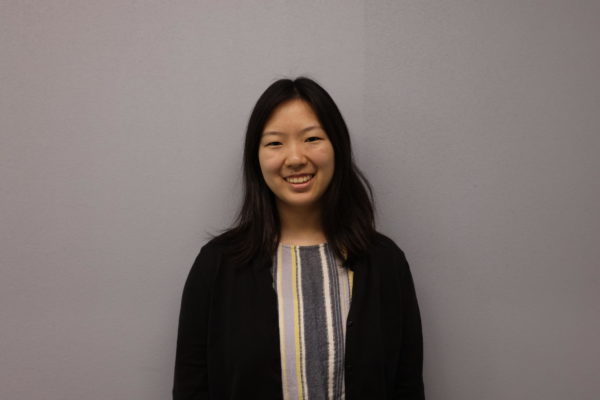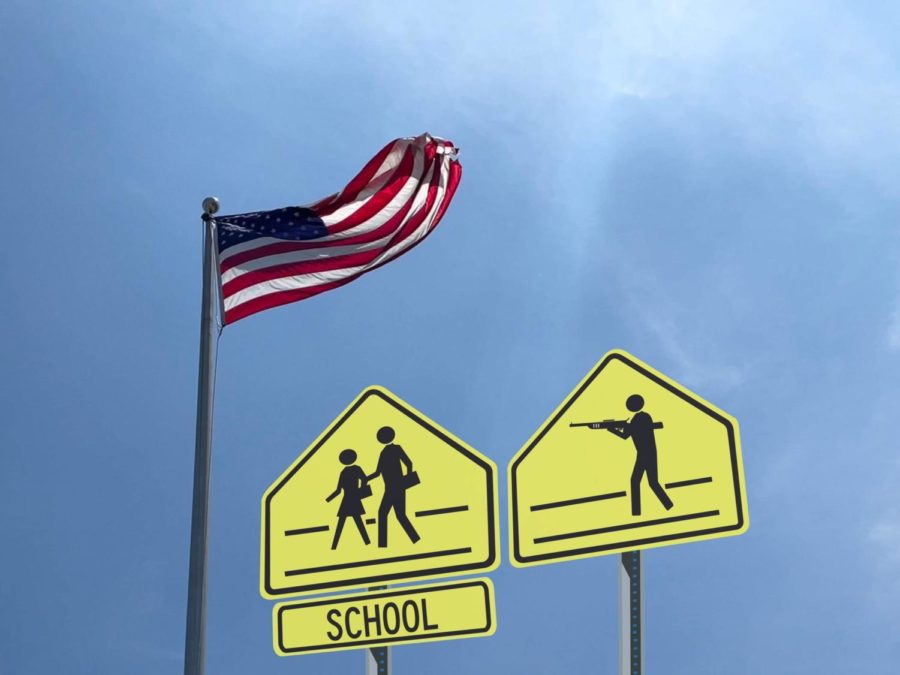Gun Violence Solutions Start With Us
Approaching the national situation locally through genuine connections
On May 24, I came home from school and learned that at least 21 others would not. The 21 killed and 17 injured of the shooting at Robb Elementary in Uvalde, Texas would never experience summer again. Each ten and eleven year old left behind families whose lives are forever changed; they had aspirations to become lawyers, marine biologists and police officers—dreams that they will never get to achieve.
When I first read the news, I wasn’t immediately overcome with anger or fear—those came later. Instead, it was an absence of emotions, a numbing void. Maybe I felt this way because the victims were elementary children; maybe I felt this way because the shooter was just 18 years old; maybe I felt this way because of the normalization of mass shootings in American society—the notion that Uvalde might become another statistic. But what can we do about it?
As Stevenson students, the most immediate thing we can do is continue building relationships and being there for those around us to prevent gun violence in our community. The issue at hand affects every student in the nation, and we must help seek solutions.
Gun violence has become a raging issue across America. As the only country with more guns than people, we have the highest rates of death by firearm of all other high-income countries. As of today, 246 mass shootings and 27 school shootings have occurred in 2022. It’s ridiculously frustrating how many shootings have gone by since I’ve started writing, and even more so because no one is doing anything even after we’ve identified the problem.
Uvalde might be on the other side of the country, but that doesn’t mean Uvalde didn’t impact us. Increasingly, people are becoming desensitized to the 24 hour news cycles on seemingly distant catastrophes like Uvalde. Consequently, public interest has begun to move on and Uvalde might only be remembered during the next mass shooting.
Locally, gun violence is still prevalent. In the 2015-2016 school year, a Stevenson student brought an unloaded firearm on campus. Thankfully, the situation diffused without any injuries and no major incidents have occured since. However, two years ago, Stevenson students were shown a hypothetical video of a shooter at school. A masked man at our commons areas and our hallways being stormed down by the police was a lot to unpack emotionally, for both students and teachers. After seeing the reaction, it has since been taken down by the Administration.
So, if its impacts are so significant, when will we change and fight back? I’m not talking about Alert, Lockdown, Inform, Counter and Evacuate (ALICE) training, which only applies to situations where it would’ve already been too late, nor am I implying we immediately lock up every gun in sight. Neither has led us to a resolution as exemplified by Virginia Tech and Parkland. While responsible gun ownership bills in Congress are starting to gain traction, I’m suggesting actions we can take into our own hands to prevent shootings in our community.
Experts from the American Counseling Association have reported that the majority of intentional gun violence incidents have stemmed from experiences with bullying, mental health disorders and drug problems. The Parkland shooter, for example, has testified to feeling isolated from everyone else, believing that the shooting will bring him attention.
While it may seem small, the best way to combat gun violence is to start building genuine relationships with each other. Connections give us motivation to act the way we do and they’re all the more important when considering the isolating effects of the pandemic. Over the extended time in isolation, many of us are struggling with our own battles, but that’s okay.
This is not to say, however, you must become friends with every Stevenson student. Instead it is being mindful of those around you, to be aware for warning signs and listening seriously to individuals expressing loneliness, suicidal ideation and any plans hinting at harming themselves or others. When you recognize any of these signs, please seek help from responsible adults while being there for the individual.
So next time you see someone sitting alone, go over to them. Next time someone makes a snide remark, stand up. Next time someone asks for help, even if you think they deserve it the least, help because they might need it the most. That way, we can all come home.
The 21 victims at Uvalde:
- Makenna Lee Elrod
- Layla Salazar
- Maranda Mathis
- Nevaeh Bravo
- Jose Manuel Flores Jr.
- Xavier Lopez
- Tess Marie Mata
- Rojelio Torres
- Eliahna “Ellie” Amyah Garcia
- Eliahna A. Torres
- Annabell Guadalupe Rodriguez
- Jackie Cazares
- Uziyah Garcia
- Jayce Carmelo Luevanos
- Maite Yuleana Rodriguez
- Jailah Nicole Silguero
- Irma Garcia
- Eva Mireles
- Amerie Jo Garza
- Alexandria “Lexi” Aniyah Rubio
- Alithia Ramirez
The four victims at Tulsa:
- Dr. Preston Phillips
- Dr. Stephanie Husen
- Amanda Glenn
- William Love
The ten victims at Buffalo:
- Roberta A. Drury
- Margus D. Morrison
- Andre Mackniel
- Aaron Salter
- Geraldine Talley
- Celestine Chaney
- Heyward Patterson
- Katherine Massey
- Pearl Young
- Ruth Whitfield
… and the many other lives who were lost to gun violence.



